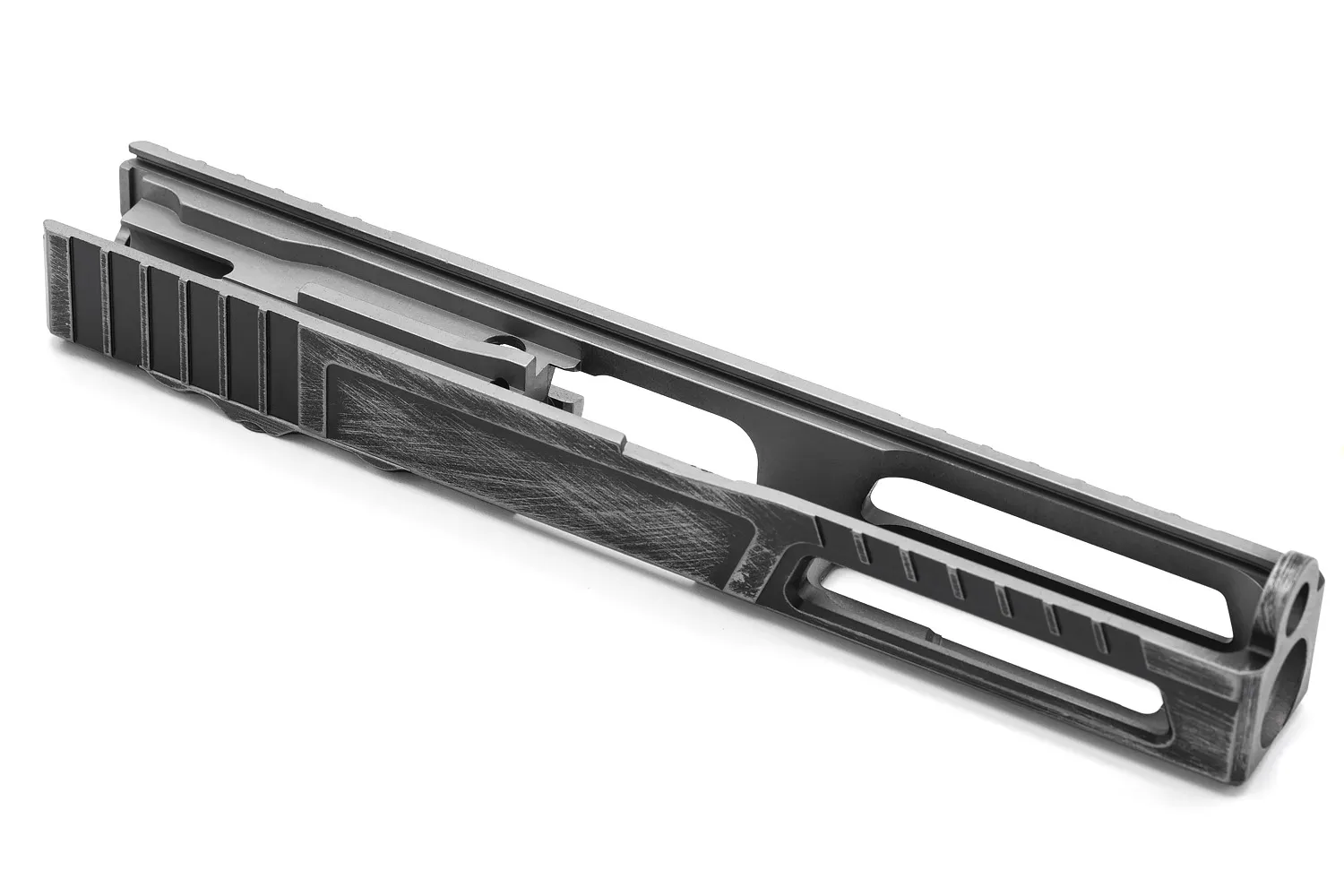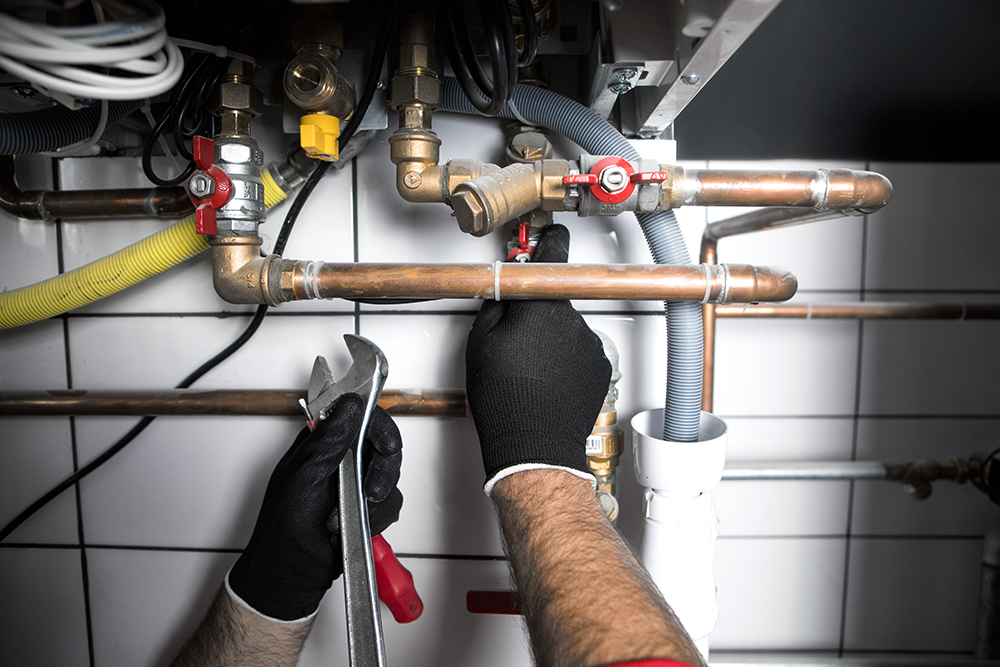Glock slides are a defining element of any Glock pistol, blending function and style in a way that few parts can. Whether you own a compact carry model or a full-size match gun, upgrading or choosing the right Glock slides can dramatically change the feel, reliability, and appearance of your firearm. From stock factory options to high-end aftermarket offerings, the market for Glock slides now includes a wide range of materials, finishes, and cut patterns that appeal to casual owners, competitive shooters, and collectors alike.
The appeal of factory Glock slides
Factory Glock slides carry a reputation for ruggedness and consistency. When you select factory Glock slides, you are getting parts engineered by the original manufacturer to meet specific tolerances and reliability expectations. These slides are usually finished with Glock’s durable coatings and machined to accommodate the company’s sighting systems and internal components without modification. For someone who values proven performance and straightforward compatibility, factory Glock slides are often the sensible choice. They deliver the expected ergonomics and durability that made Glock pistols popular in the first place, and they integrate seamlessly with factory barrels, recoil systems, and sighting options.
Why shooters look at aftermarket Glock slides
Aftermarket Glock slides appeal to shooters who want customization beyond the factory palette. Modern aftermarket Glock slides come in a variety of profiles — from lightened slides with aggressive serrations to tall-cut slides designed for optics. These options allow owners to reduce weight, improve slide-to-frame balance, and create space for red dot sights or compensators. Many manufacturers also offer exotic coatings and aesthetic details that personalize the firearm. Choosing aftermarket Glock slides is often about tailoring the pistol to a specific role: competitive shooters may seek fluted or ported slides for faster cycling and reduced weight, whereas tactical users might prioritize enhanced serrations and optics-ready cuts.
Materials and coatings: what matters
Materials and surface treatments play a key role in the performance of Glock slides. Typical factory slides are made of robust steel with corrosion-resistant finishes. Aftermarket options may introduce different steels, or in some cases, advanced coatings that improve wear resistance and reduce friction. Cerakote, nitride, and other protective finishes are common choices for both style and durability. When shopping for Glock slides, it’s worth comparing how different treatments stand up to lifestyle wear, sweat, and environmental exposure. A well-chosen coating can preserve the slide’s operation and appearance for years, making it a practical upgrade as well as a cosmetic one.
Styling and functional cuts
One of the most visible ways to customize your Glock is through slide cuts and serration patterns. Manufacturers create distinctive serrations and window cuts that reduce weight and offer enhanced purchase for racking the slide under stress. Optics-ready Glock slides feature precise milling to accept miniature red dots and allow for co-witnessing with suppressor-height sights. Some slides also include ports or scallops that pair aesthetically with compensators or match barrels. While styling is a major draw, these modifications often contribute to real functional benefits — lighter slides can cycle faster and reduce felt recoil, and improved serrations mean faster, more reliable manipulation when you need it.
Fit, compatibility, and considerations
Not all Glock slides are created equal in terms of fit. Factory Glock slides are designed to drop onto the corresponding frames without modification, while some aftermarket slides may require matching barrels or slight adjustments to achieve the ideal fit and headspace. It’s important to verify compatibility with your specific Glock model and generation. Pay attention to sight footprint, mounting solutions for optics, and whether components like the striker assembly or extractor are interchangeable. Choosing Glock slides that are engineered for your frame can reduce installation headaches and ensure consistent performance.
Balancing cost and value
Cost plays a significant role when deciding between factory and aftermarket Glock slides. Factory Glock slides generally offer excellent value through reliability and lower risk, while aftermarket slides may command a premium for advanced machining, unique coatings, or limited-run designs. Consider how the slide will be used: for a duty or carry gun, durability and proven performance may outweigh flashy aesthetics. For a competition pistol or range toy, investing in a lightweight or optics-ready aftermarket slide can be justified by improved ergonomics and speed.
Legal and safety reminders
When exploring Glock slides, always keep legal and safety considerations in mind. Replacing major components may change how your firearm functions, and local laws may place restrictions on certain modifications. It’s prudent to check regulations where you live and consult a qualified gunsmith for installations that go beyond simple, drop-in swaps. Ensuring that your firearm remains safe and reliable after any change is the responsibility of the owner, and thoughtful sourcing of Glock slides helps preserve that safety.
Making the choice
Choosing the right Glock slides comes down to purpose and preference. Whether you opt for factory Glock slides for their no-nonsense reliability or you pick a custom aftermarket slide to tailor ergonomics, sights, or weight, there are now more high-quality options than ever before. Spend time researching finishes, compatibility, and the intended use of your pistol. With so many designs available, finding Glock slides that match both your practical needs and aesthetic tastes is a satisfying part of firearm ownership.


